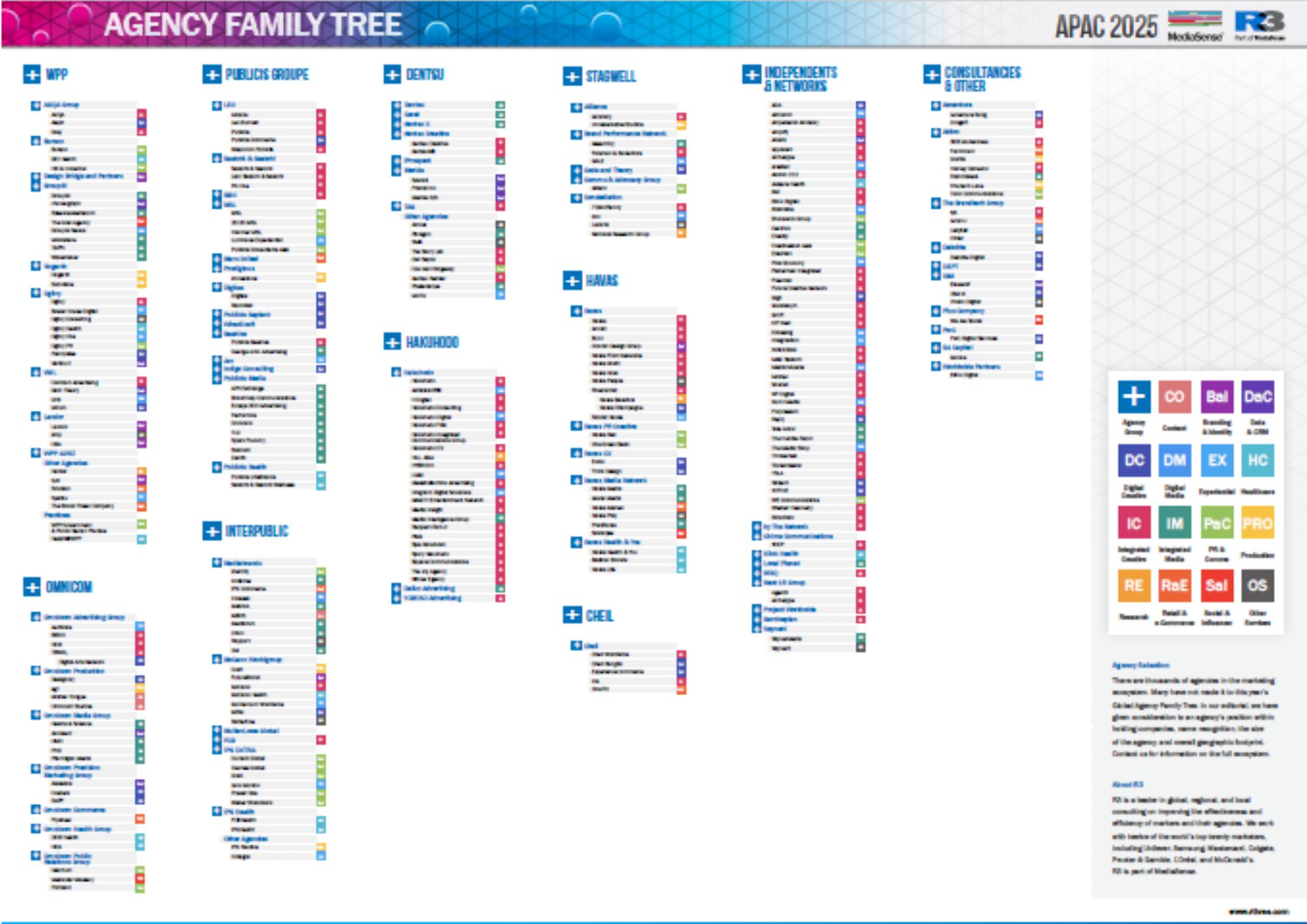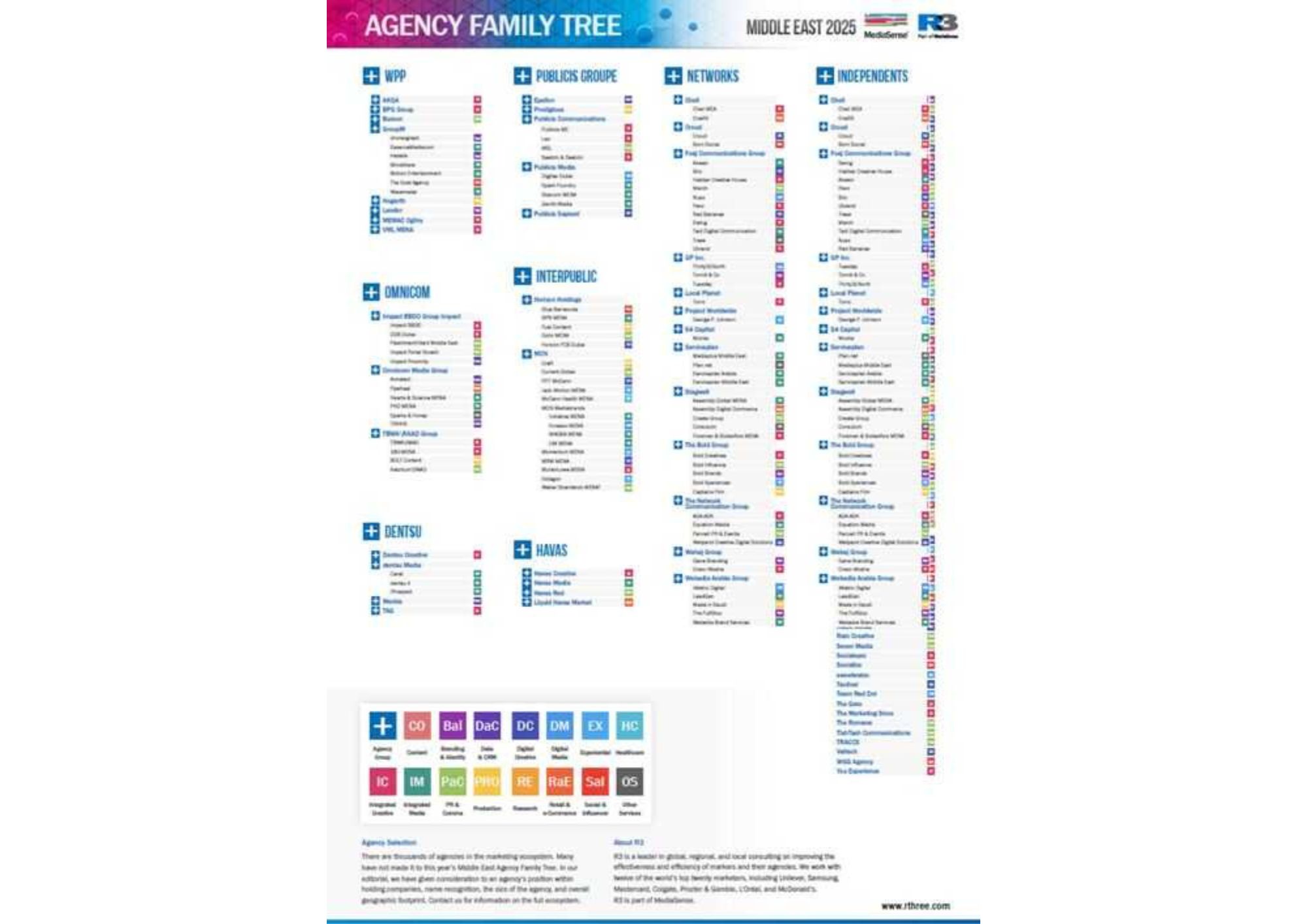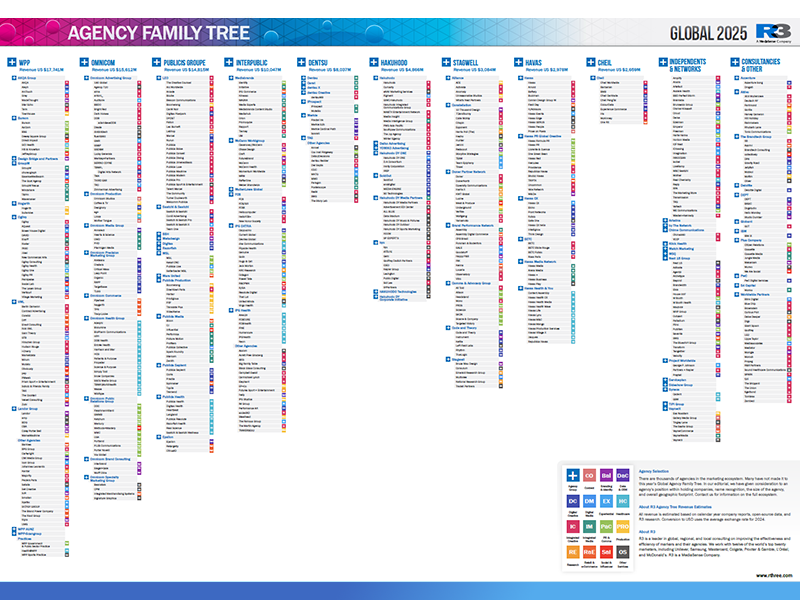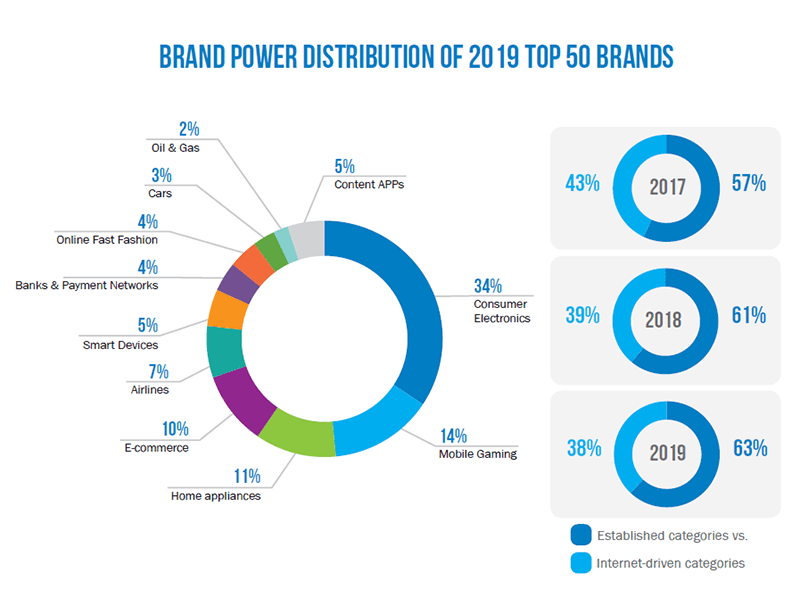
As China now has 119 firms in the Fortune 500, almost matching the 121 US firms, the opportunity is now ripe for Chinese brands to become household names if they increase their investment in brand building, according to a report from independent consultancy R3.
Released this month, “China Brands Go Global” explores the forces moving Chinese brands overseas and the role that culture, strategy and infrastructure play in extending their influence across the globe. “The current visibility of Chinese brands including TikTok, WeChat, Lenovo and DJI is very much the result of brand building not traditionally seen in Chinese companies,” says Sabrina Lee, Managing Director, China, at R3. “When you can match great marketing with affordable and innovative products, global consumers will respond.”
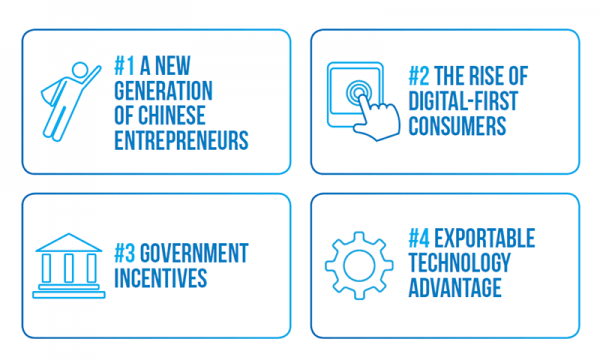
The Four Catalysts moving Chinese brands overseas
The Strategies of China’s Global Brands
The in-depth report identifies four catalysts that will drive the influence of Chinese brands overseas, and reviews successful strategies and existing challenges that companies face in an export market.
- Smartphone accessories company Anker has made itself the most popular brand of portable battery packs on Amazon by focusing on better product quality (through longer battery life) and design and packaging that appeals to the senses.
- Drone manufacturer DJI is a trusted brand for professional use by articulating clear brand purpose and messaging and investing in building community amongst drone enthusiasts.
- Mobile phone company Oppo has gained visibility in Europe and India by sponsoring high-profile sporting events like The Wimbledon Championships and organizations like the International Cricket Council.
- Sports brand Anta has grown its influence through mergers and acquisitions, having purchased stakes in foreign brands like Fila and Amer Sports to break into European markets. Merchandising deals with star athletes like Kevin Looney and Klay Thompson of the NBA team Golden State Warriors will raise the brand’s profile in the US.
- Tsingtao Beer has harnessed its cultural roots in overseas markets, making it “the best-selling Chinese beer in the US” thanks to its presence in restaurants and at Chinese cultural activities.
Capitalizing on An Innovation-First Culture
Over the past decade, Chinese brands have been able to leverage the intense competition and innovation created by a sophisticated home market and used their advanced knowledge in data, Artificial Intelligence and exportable technology to gain a foothold in new markets. “Their understanding of how to work in a digital-first environment puts Chinese brands at an advantage at this particular time in history,” says Lee. “These companies come from a culture already fully immersed in innovation.”
The entrepreneurial spirit that drives China’s aspirations to go global is not lost in the country of 1.4 billion people. New business creation in China has outpaced the rest of the world despite the regulation of online commerce and gaming companies in recent years. 80% of Asian startups valued at $1 billion or more between 2012 and 2017 were based in China, with 90% of the top 100 non-state-owned companies in China still led by founders or the second-generation, according to the World Economic Forum.
Known barriers to exporting into foreign markets, like localization and culture, are actively being addressed and resolved with an increasing number of cross-border partnerships and hiring of in-market marketing agencies and consultants.
According to the BrandZ China ranking released earlier this year, China brand power was up 15% year-on-year compared with 5% the year before. Chinese brands accounted for 19 per cent of the total list, placing it second only behind the United States. Product categories where success is most commonly found are technology, electronics and retail/e-commerce.
Request a copy of R3’s “China Goes Go Global” white paper

